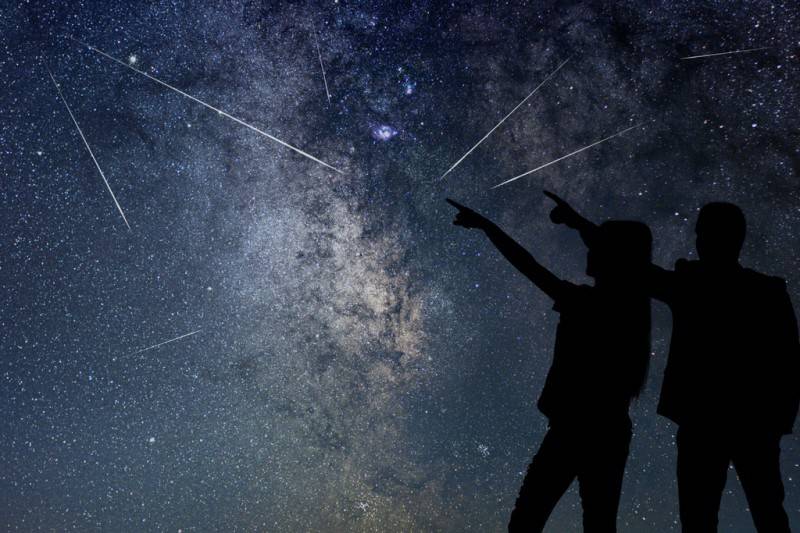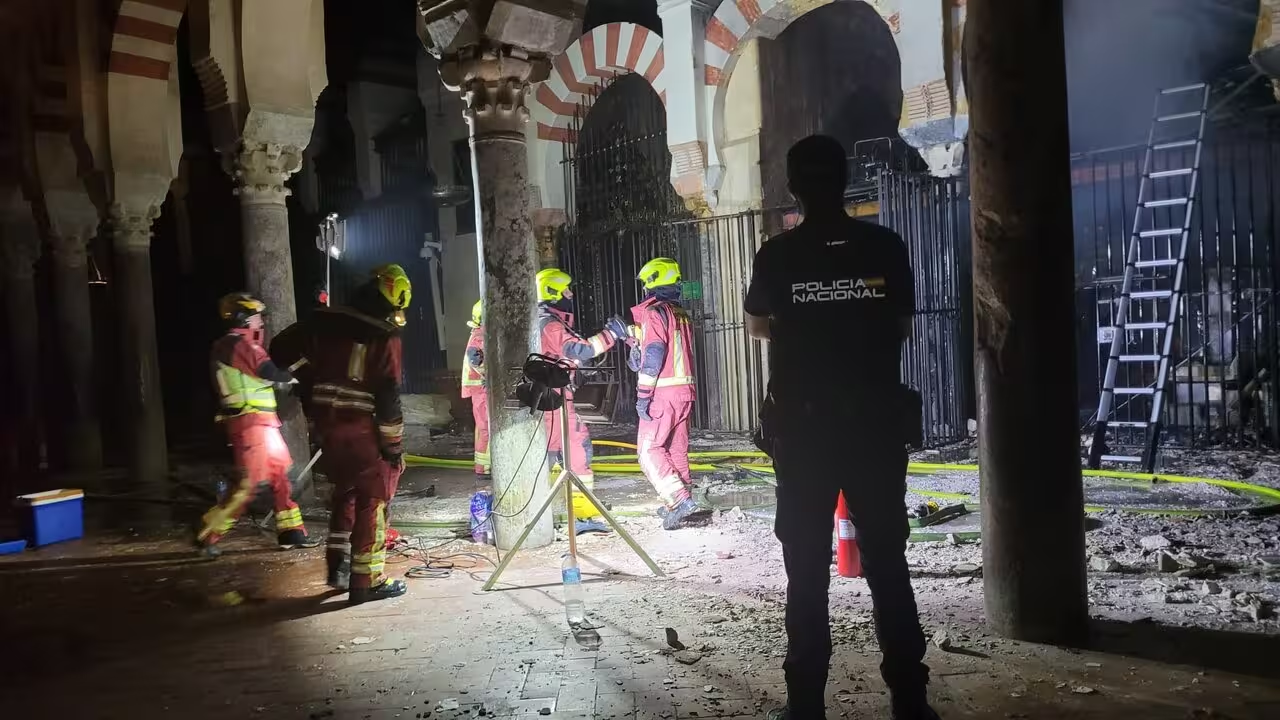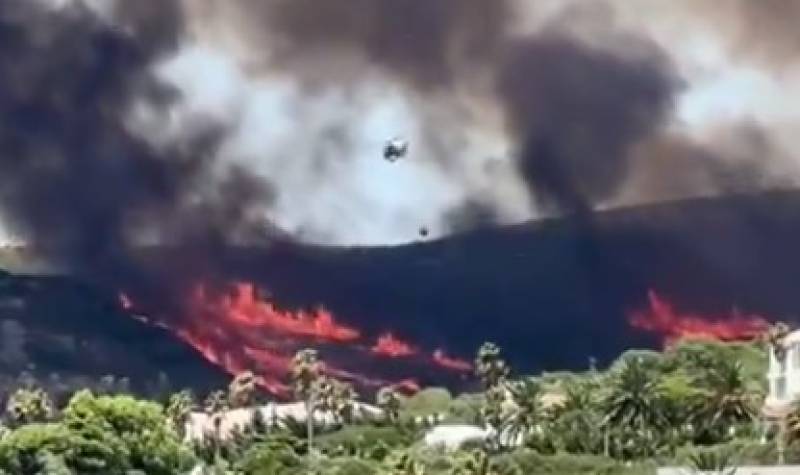

Guidelines for submitting articles to San Pedro del Pinatar Today
Hello, and thank you for choosing San Pedro del Pinatar.Today to publicise your organisation’s info or event.
San Pedro del Pinatar Today is a website set up by Murcia Today specifically for residents of the urbanisation in Southwest Murcia, providing news and information on what’s happening in the local area, which is the largest English-speaking expat area in the Region of Murcia.
When submitting text to be included on San Pedro del Pinatar Today, please abide by the following guidelines so we can upload your article as swiftly as possible:
Send an email to editor@spaintodayonline.com or contact@murciatoday.com
Attach the information in a Word Document or Google Doc
Include all relevant points, including:
Who is the organisation running the event?
Where is it happening?
When?
How much does it cost?
Is it necessary to book beforehand, or can people just show up on the day?
…but try not to exceed 300 words
Also attach a photo to illustrate your article, no more than 100kb

When to get the best view of the shooting star show of the summer
Make a wish as the Perseids meteor shower is reaching its peak

One of the year’s most anticipated astronomical events occurs every August, the Perseids meteor show, which is better known in Spain as “las lágrimas de San Lorenzo” (the tears of Saint Lawrence).
These “shooting stars” light up the sky at night and, if the weather is right and there is not much light pollution, they can be seen with the naked eye.
This cosmic light show happens when the Earth crosses through an area of space that is full of particles from the comet Swift-Tuttle. When these fragments enter the atmosphere at high speed, they heat up and disintegrate, causing a streak of light which is visible from the ground.
Although they can be observed from the middle of July, they reach their greatest intensity in the first half of August, peaking this year between August 11 and 13.
Indeed, stargazers in Spain who were out on August 8 may have thought they had been treated to one of the most spectacular displays of meteors ever, when a brilliant fireball lit up the sky at 9.55pm, but this turned out to be debris from a Chinese rocket re-entering the atmosphere.
The tradition of wishing on a star is just as popular in Spain, and it has to be made at the exact moment that a shooting star passes. But since these meteors move so quickly, one has to be very attentive and be in a place with good visibility, preferably far away from artificial lights and with a clear sky. As such, the best places are in the countryside or at higher altitude.
Timing is also key to enjoying this show, and National Geographic has revealed the exact date and time when it can be best appreciated: August 12 at about 10pm.
National Geographic says the best moment is just after dark because the moon comes out afterwards, which has just passed its full phase and will be very bright, making it harder to see what is happening beyond it in space.
The number of meteors that will pass the Earth at around this time is very variable, since it depends on a number of factors, but Spain’s own National Geographic Institute (IGN) advises that in a very dark place and with the moon on the horizon, you could see more than 100 in an hour.
Some of the best places to see the Perseids in the Region of Murcia are beaches, the countryside or high up places like Lorca castle.
If you follow these guidelines, you will have plenty of chances to make that wish at just the right moment.
The Astronomy and Science Centre Foundation has star-themed events and activities to delight novices and experts of all ages

 The Astronomy Tours and the Finca Astronomica are supported by the Astronomy and Science Centre Foundation, which was founded in 2019 by a group of astronomers and Starlight-certified guides and monitors in the astronomical observatories in Spain.
The Astronomy Tours and the Finca Astronomica are supported by the Astronomy and Science Centre Foundation, which was founded in 2019 by a group of astronomers and Starlight-certified guides and monitors in the astronomical observatories in Spain. schools and organisations and write books for children to bring astronomy to the masses.
schools and organisations and write books for children to bring astronomy to the masses.But that’s not all. Each yurt comes handily equipped with light and electricity, so that you can charge your devices even as you recharge your spirit under the vast, starry sky.























